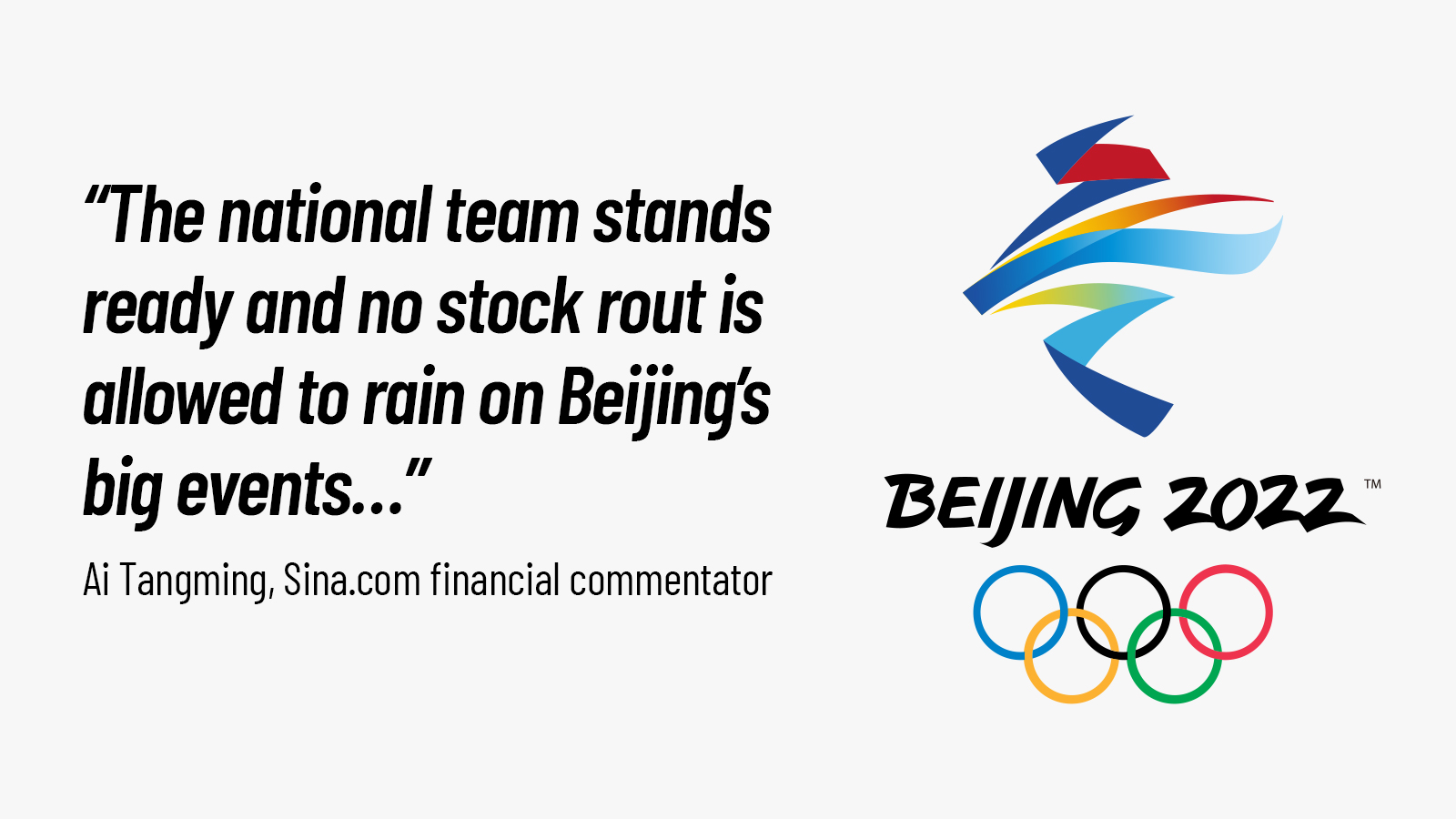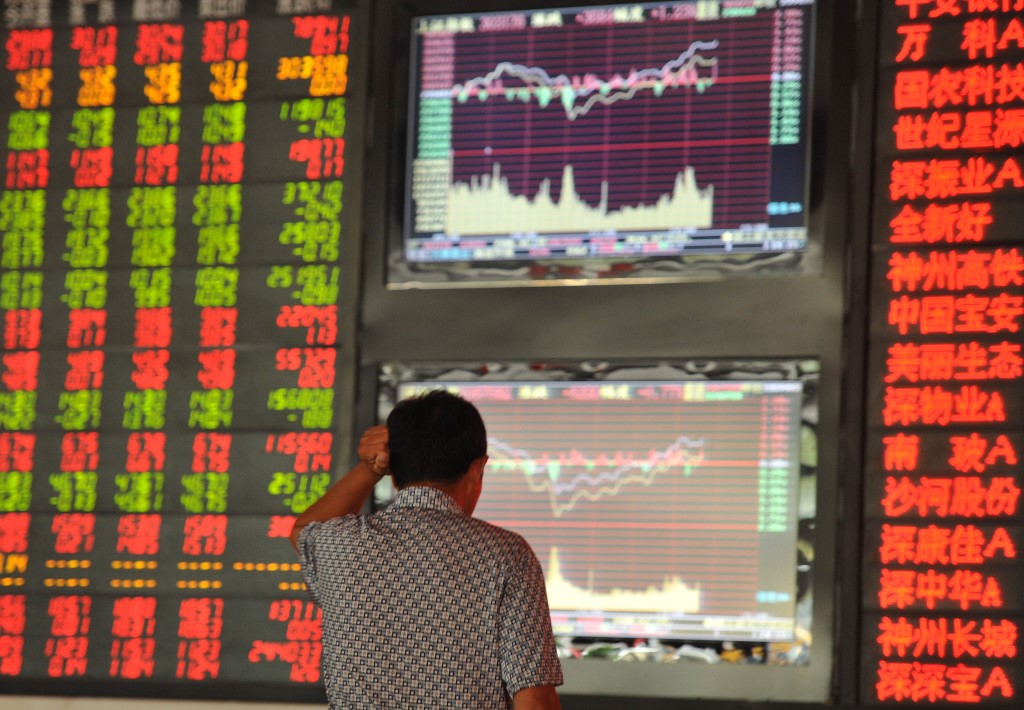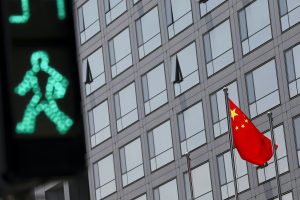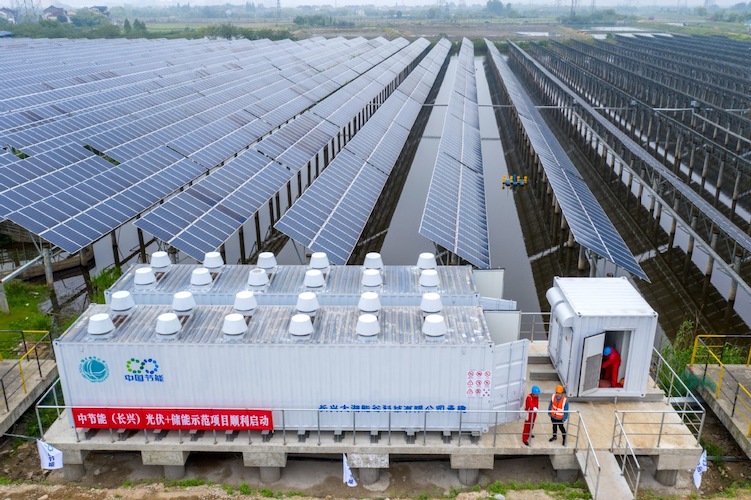After slumping into a bear market in January, China’s benchmark CSI 300 index suddenly rebounded from an intraday trough on February 8 amid reports of state-owned entities buying large-cap banking and public utility shares.
The episode triggered a wave of speculation among investors on whether China’s so-called ‘’national team’’ of state-owned investors was back.
The team’s most famous intervention came in 2015, when government-run media reported that state-backed funds deployed 1 trillion yuan ($158 billion) to stabilize the market after a rout triggered by a shock yuan devaluation.
Western media reports suggesting that the hand of the state was again in play last week were swiftly denied by the China Securities Regulatory Commission, but many analysts remain unconvinced.
Here’s what you need to know about China’s shadowy national team:
MARKET INSIGHTS: China Stock Market Guide: Everything You Need To Know
What is the national team?
It is assumed to be an ad-hoc task force made up of state regulators, state-owned or backed securities firms, brokers, investment funds and banks that pool their buying power to prop up or pump stock prices.
Once Beijing gives the nod, these players are tasked with strategic buying to send a clear message to investors not to bet against the state. Usually, big-cap stocks with large index weightings are targeted, as seen back in the epic 2015 tussle.

ALSO ON AF: China Insiders in US Sell Early, Avoiding Billions in Losses
What’s the Evidence?
Major securities firms should heed the state’s call and take the lead to contribute to stability, said Yi Huiman, chairman of the China Securities Regulatory Commission, in January.
Also in January, the state-run Securities Daily heralded the national team’s move in a front-page op-ed that called on stakeholders to “stiffen their spines.”
A day after the apparent intervention, another state-run publication, China Securities Journal, said “mysterious funds” had pushed the Shanghai-listed shares of China Mobile to surge by the daily 10% limit, and suggested that it may signal a bottom for the market.
Investors should “have faith, and buy the dip,” said the Securities Times on February 10 in an article that referred to the national team. It is a sister publication of the People’s Daily, the Communist Party’s main propaganda vehicle.
Why Intervene Now?
The most likely explanation is that Beijing believed the market had fallen too far and wanted a rosy backdrop for the Winter Olympics currently underway.
There has long been speculation that the national team intervenes to smooth prices when major events take place, including the annual meeting of parliament in Spring, and important anniversaries.
“The national team stands ready and no stock rout is allowed to rain on Beijing’s big events when the ruling elite, including financial big shots, converge for a big conference,” wrote Ai Tangming, a financial commentator with news portal Sina.com.
Policymakers may also have been unhappy that the stock market failed to respond to earlier policy easing. When disappointing consumption data during the week-long Lunar New Year holiday in the first week of February further soured market sentiment, policymakers may have felt compelled to intervene.
Parallels With 2015
Comparisons have been made between the recent intervention and 2015, when the national team salvaged China’s stock market from a steep plunge.
“Beijing’s move is more pre-emptive now,” said Wu Xiaobo, a lecturer in business at Shanghai Fudan University.
Beijing now prefers small, quick and frequent “sorties and corrections” to stabilize the market, rather than a full-blown war to win a pyrrhic victory like what happened in 2015,” Wu said.
The Doubters
Not all analysts agree that the national team has swung into action again. Because there was no stock rout, all-out state intervention was not warranted, said Zhao Wenli, head of research at China Construction Bank International.
“The market almost plunged into bear territory since January, but it was not staring down an abyss like in 2015,” he said, adding that he does not believe the rebound last week was driven by a “state-led force.”
Last week’s buying may have been “spontaneous moves” by state-owned investors to become overweight in big-cap shares to position for the central bank’s reflationary policy easing, said an official with a state-owned securities company in Shanghai, who spoke on condition of anonymity.
What’s Next?
The market has stabilized, at least for now, with the CSI 300 index up almost half a percent since February 8. Hopes are high that Beijing’s focus on stability ahead of the Party Congress in the fall means it is putting a floor under stocks, at least until then.
- By Frank Chen
Read more:
China Mobile Share Surge Sparked By ‘Mystery Funds’: CSJ
Explainer: How ‘Common Prosperity’ is Changing China
China Stocks Delisting From US: Everything You Need to Know






















